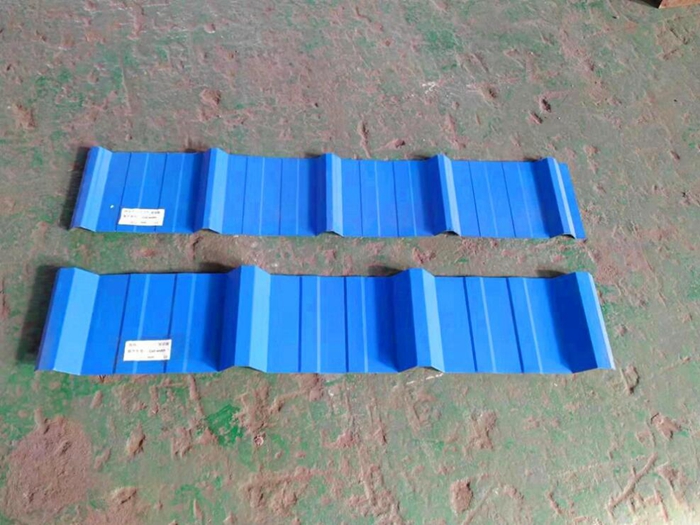C Channel Roll Forming Machine Price and Specifications for Your Business Needs
Understanding C Channel Roll Forming Machines A Guide
Roll forming is a continuous bending operation in which a long strip of metal is fed through consecutive pairs of rolls to form a desired cross-sectional profile. The C channel roll forming machine, specifically, is designed to create C-shaped metal channels that are widely used in various industrial applications, including construction, automotive, and manufacturing industries.
What is a C Channel?
A C channel is a type of structural steel or metal beam with a C-shaped cross-section. This design provides excellent strength and can support heavy loads, making it ideal for use in frameworks, supports, and structural applications. C channels are typically made from steel, aluminum, or other metals that can withstand stress and fatigue.
The Roll Forming Process
The roll forming process begins with a flat strip of metal that is progressively shaped into a C channel by passing through a series of rollers. The machine adjusts the rollers' position progressively to create the desired curvature and dimensions for the channel. The precise control of pressure and alignment provided by advanced machinery ensures uniformity in the final product, which is crucial for structural integrity.
1. Material Preparation The process starts with preparing the metal coil, which is usually cleaned and cut to fit the machine. 2. Feeding Mechanism The strip is fed into the roll forming machine, where it is aligned to ensure that the shaping process occurs accurately.
3. Roll Forming As the metal strip moves through the machine, each set of rollers gradually bends and shapes the strip into the C channel profile. This continuous process can produce long lengths of the channel with minimal waste.
4. Cutting Once the desired length is achieved, the formed C channel is cut to size using a cut-off mechanism. This can be either shearing or sawing, depending on the material's properties and required precision.
5. Finishing After cutting, channels may undergo finishing processes such as deburring or surface treatment to enhance performance and aesthetics.
Advantages of C Channel Roll Forming Machines
C channel roll forming machines offer several benefits
c channel roll forming machine quotes

- Efficiency This method is highly efficient for mass production, reducing labor costs and waste material.
- High Quality The machine guarantees uniformity and high-quality finishes, essential for structural components where tolerances are critical.
- Versatile Applications Beyond construction, C channels formulated through roll forming are used in the automotive industry for frame supports and in manufacturing processes where lightweight and strong components are essential.
- Customization Advanced roll forming machines can be customized to produce different sizes and specifications, accommodating diverse industrial needs.
Considerations for Purchasing
When looking for a C channel roll forming machine, consider the following factors
- Production Capacity Assess the machine's speed and the volume it can handle to meet your production requirements.
- Material Compatibility Ensure the machine can work with the types of materials you intend to use, whether it be mild steel, stainless steel, or aluminum.
- Technology Look for machines that incorporate the latest technology for precision and efficiency. Automated controls for the forming process can significantly enhance productivity.
- Budget Determine your budget upfront, but also consider the long-term benefits of investing in a high-quality machine versus cheaper alternatives.
Conclusion
C channel roll forming machines are essential for industries requiring robust metal frames and components. Their efficiency, versatility, and the ability to produce high-quality products make them a preferred choice for manufacturers. When considering an investment in such machinery, it’s important to evaluate your specific needs, production capacities, and the capabilities of the machines available in the market. By doing so, you can ensure that you choose a solution that maximizes your operational efficiency and meets your quality standards.
-
Roof Panel Machines: Buying Guide, Types, and PricingNewsJul.04, 2025
-
Purlin Machines: Types, Features, and Pricing GuideNewsJul.04, 2025
-
Metal Embossing Machines: Types, Applications, and Buying GuideNewsJul.04, 2025
-
Gutter Machines: Features, Types, and Cost BreakdownNewsJul.04, 2025
-
Cut to Length Line: Overview, Equipment, and Buying GuideNewsJul.04, 2025
-
Auto Stacker: Features, Applications, and Cost BreakdownNewsJul.04, 2025
-
Top Drywall Profile Machine Models for SaleNewsJun.05, 2025








